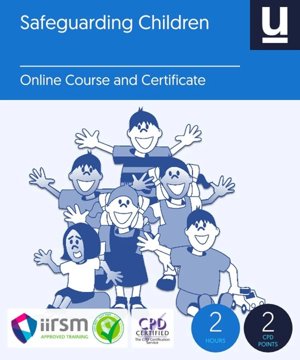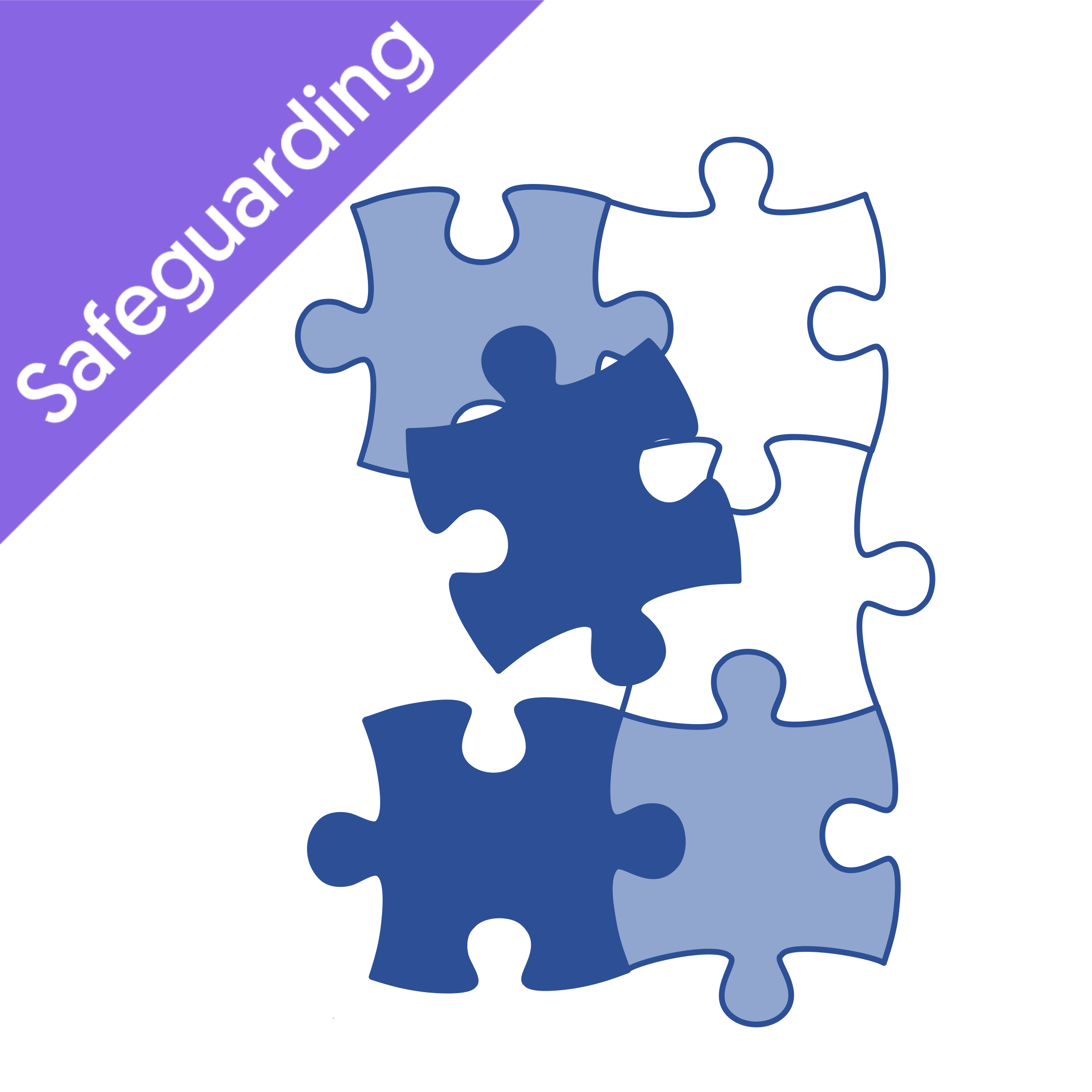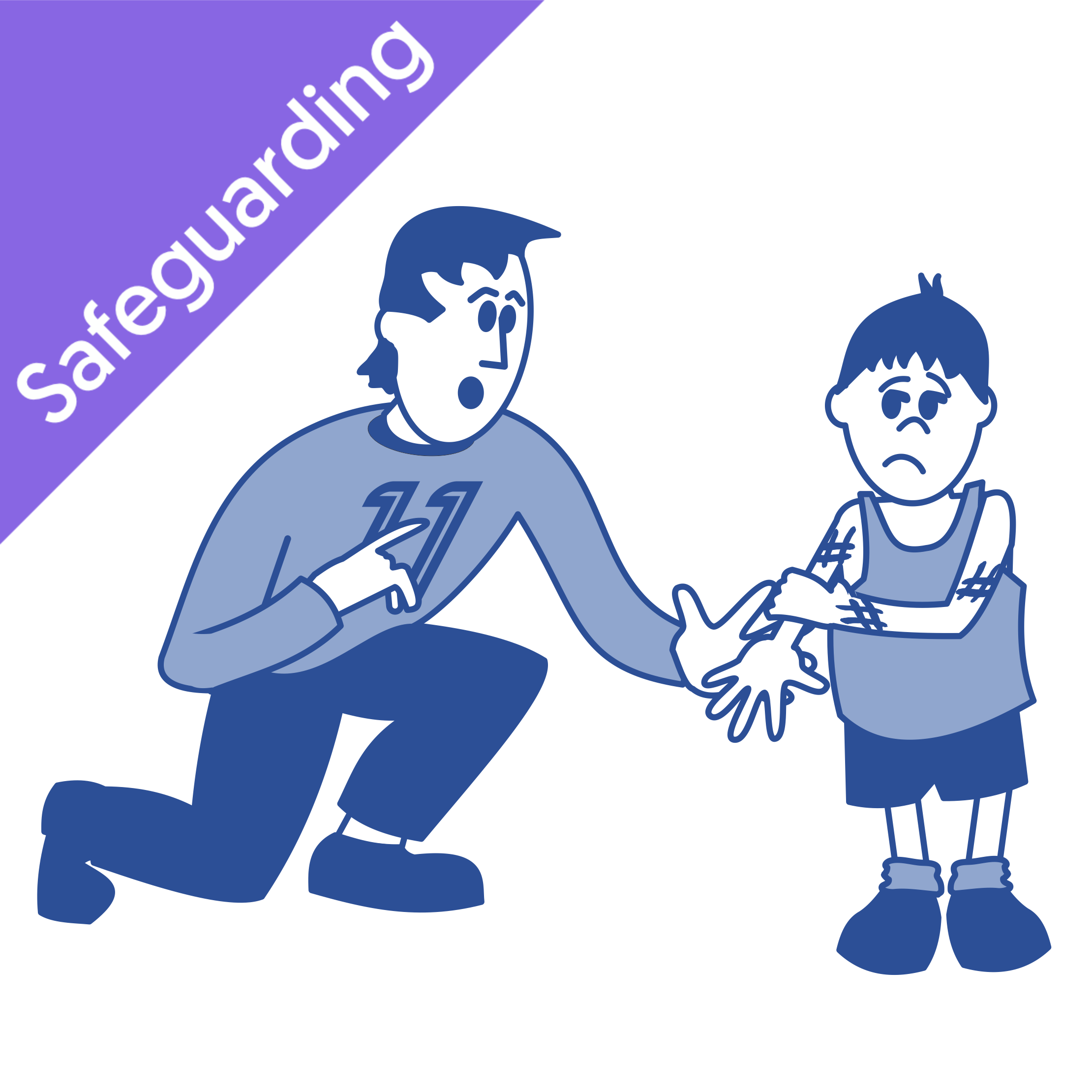Children are our most precious resource. As a parent, you always strive to provide the best for your child. The child's safety is of paramount importance; hence anybody who:
- Works with children
- Comes into contact with children
- Spends time around children
Should be trained in safeguarding and protecting the child from harm. For a level 1 course on safeguarding click the link.
Safeguarding children is a responsibility that extends to those who work with children in the following settings:
- School
- Education environments
- Summer Camps
- Sports and activities clubs
- Medical environments
- Religious settings
The COVID-19 pandemic altered every facet of life. With the UK in lockdown, schools and playgroups were all temporarily closed. The need for social distancing led the whole world, including Britain, to resort to online communication. Since then, use of digital communication has only increased for everyone - including children.
So what are the requirements for safeguarding children in this digital world?
On the 18th of March 2020, the Education Secretary, Gavin Williamson, announced the closure of all UK schools. The message of closure came with reassurance to parents that the Government and pertinent bodies were working hard to get a handle on the evolving situation.
"The Government has announced that schools will close to the vast majority of pupils until further notice from Friday afternoon." - Cllr Ray Gooding, Cabinet Member for Education at Essex County Council.
The only exception to the rule was for the children of key personnel. In the following days, other pertinent information was sent to anxious parents across the country.
- Children with an EHCP will have a place to attend school;
- Schools that remain open for children with EHCPs will not be open regular times and will not be operating in the same way.
Government announces school closures from Friday - 20 March 2020 update
On the 19th of March, 2020 the Department of Education posted guidance on Guidance for schools, childcare providers, colleges and local authorities in England on maintaining educational provision
The key takeaways:
- If a child can stay safe at home, then he/she should remain at home.
- Children with special needs or having a parent(s) who is a critical worker will be prioritized for placements in schools.
- Parents should not leave their children with grandparents, friends, or family members with underlying conditions.
- Parents must also do everything they can to ensure that children are not mixing socially.
Can I leave my child at home unattended?
The National Society for the Prevention of Cruelty to Children (NSPCC) says:
- children under 16 shouldn't be left alone overnight
- babies, toddlers, and very young children should never be left alone
The Shift to Digital Learning
In the short run, to keep children engaged, classes and learning shifted online. One popular tool was the Zoom video-conferencing application. However, with every opportunity arise fresh challenges, and this scenario is no different. Zoom sessions across the globe reported being infiltrated by vile individuals who defaced the private sessions with lewd imagery and pornographic messages. The "Zoom bombing" incidents as they have come to be known kick-started a new debate, is online education suitable for children? How can we safeguard our children in a virtual environment?
In response to the incidents, the company took aggressive measures to increase the security of the platform. A meeting password was generated for each session that allowed the host to control unauthorized access to the session since anyone who didn't have the password shared by the host couldn't join these sessions. Secondly, a waiting room feature has been added where it is the host's prerogative whether they allow a user to enter the session or not.
Digital Safeguards
The principal at play here is that wherever children are learning, we still owe the children a duty of care, and the same level of safeguards need to be taken that would be applicable when the children are physically present at school. Moreover, this safety is not only limited to keeping the children safe from adult content. Teachers and everyone who still comes into contact with the children must look out for the signs that may indicate bullying or abuse and follow protocol to alert the authorities, including police if required. To help accomplish the goal of safeguarding children, special pieces of training should be meted out by school and other institutional authorities to appraise the skill level of all involved individuals to the level where they can ensure the safety and well-being of their students virtually.
What measures can be taken to increase security online?
To keep the virtual experience safe for teachers and students, educational institutions and other concerned stakeholders will need to invest in individuals with sufficient technical skills to ensure that connections are encrypted and no security breach is possible. Relevant technologies such as firewalls are deployed, and a monitoring mechanism is developed to ensure that no loophole is left open for infiltrators that may endanger the well-being of the students. Contingency plans should be in place to ensure that if something goes wrong, there is a plan in place as to how the students will be engaged further and what mediums will be used. An essential risk assessment must also be carried out for any material that is to be sent out or shared via recording to the students. The communication mediums need to be regulated, and the school authorities should not allow the use of personal social media accounts for such purposes. Finally, one on one sessions should not be allowed, especially for underage children without the presence of an adult guardian and all sessions should be conducted in a well-lit place without any pictures or personal materials in the background.
Safeguarding Children Remotely: The Law
Every child should be protected irrespective of the setting. Two statutory pieces of guidance act as the principal legislation regarding safeguarding children, they are Keeping Children Safe in Education and Working Together to Safeguard Children guidance. In addition to the guidance, it falls on each individual who comes in contact with children to stay current on safeguarding training.
On the 19th of April, 2020, the Department for Education published the Safeguarding and remote education during coronavirus (COVID-19) guidance. The key takeaway stressed was: the same rules govern online education as face to face teaching. The DoE stressed that as digital learning was a new frontier, teachers and students understood how to approach online safeguarding procedures. Furthermore, teachers should also coordinate with parents to ensure that age-appropriate parental controls are set on all devices.
___
If you have a cause for concern or believe a child is at risk, you should follow your usual procedure and deal with it per your Child Protection Policy. Where appropriate, referrals should still be made to children's social care and the police if required.





